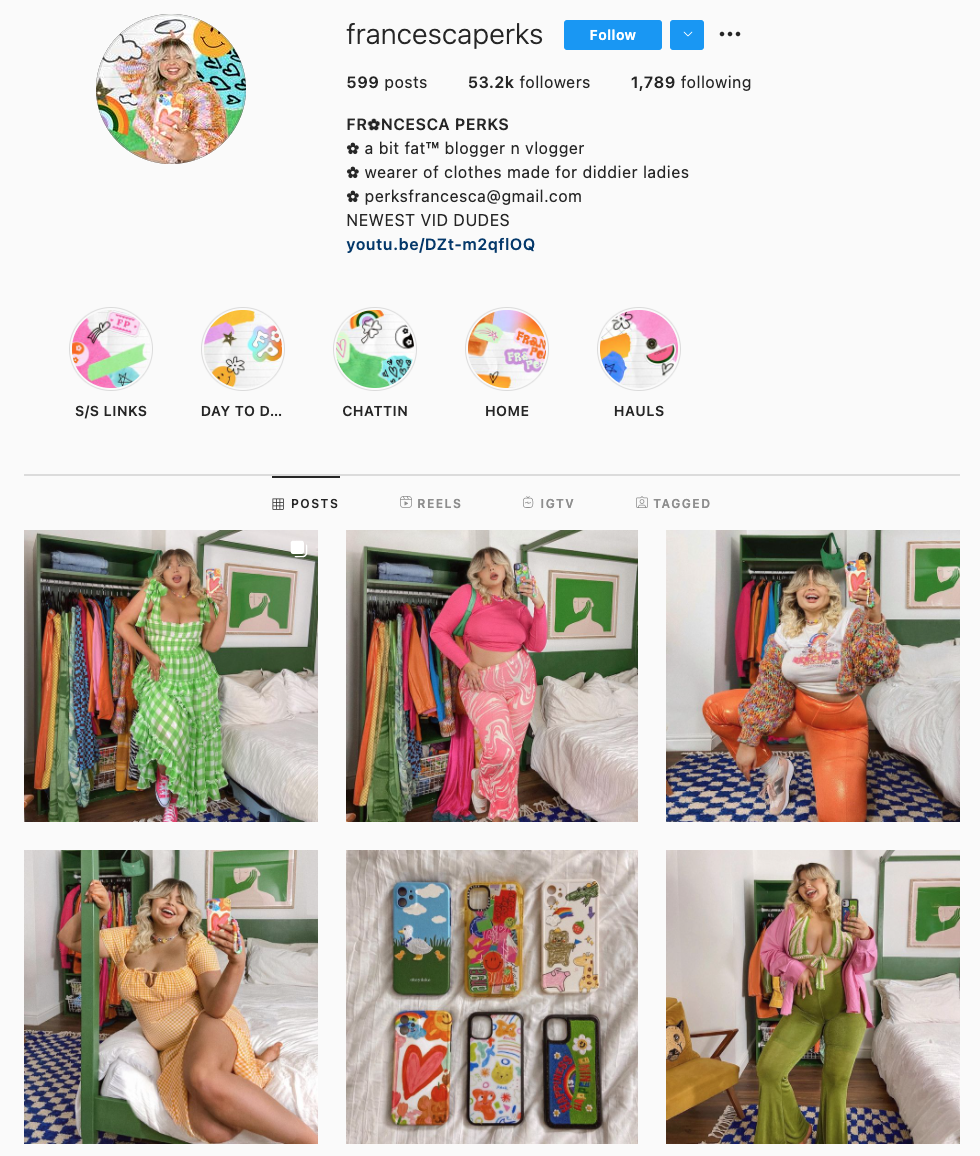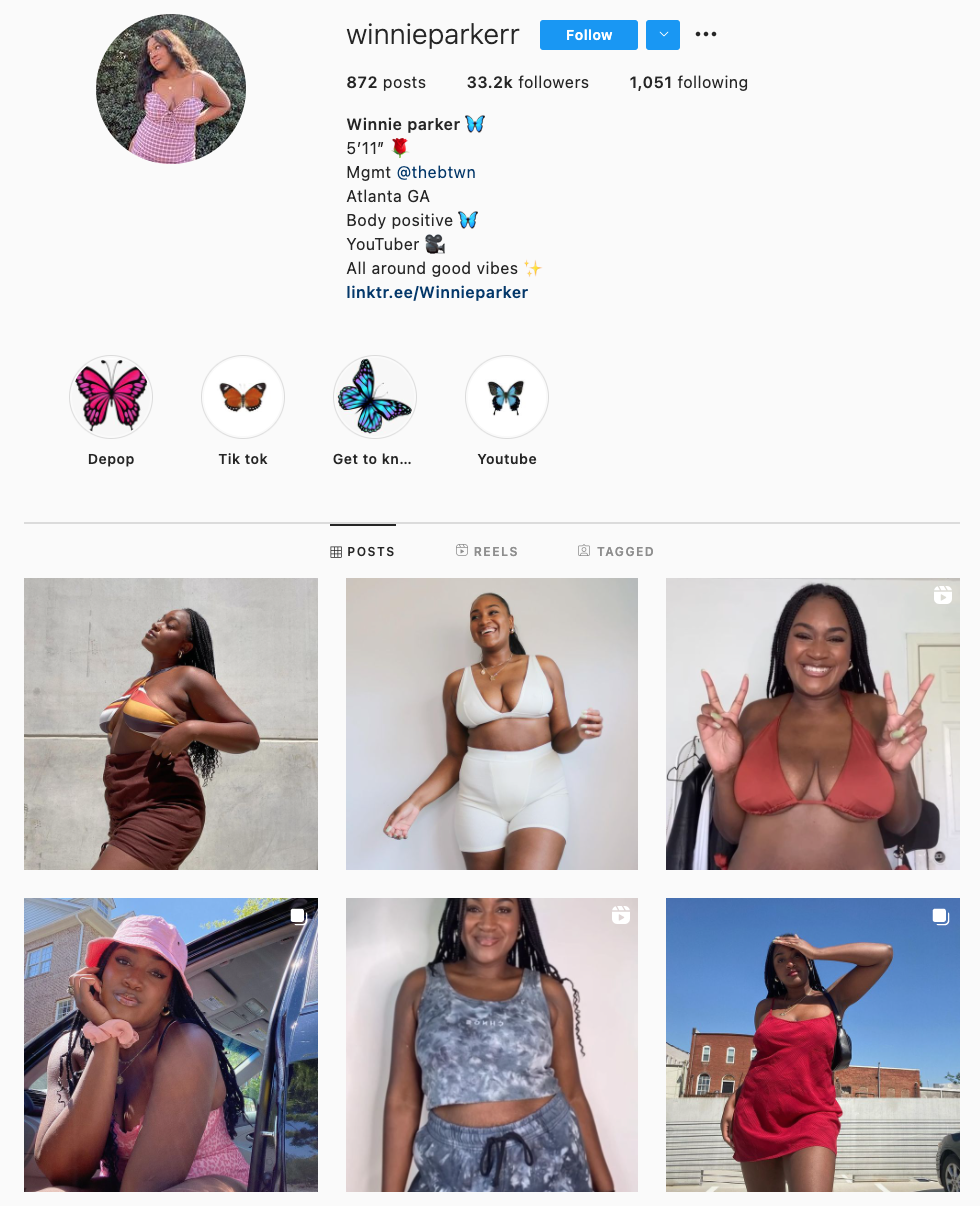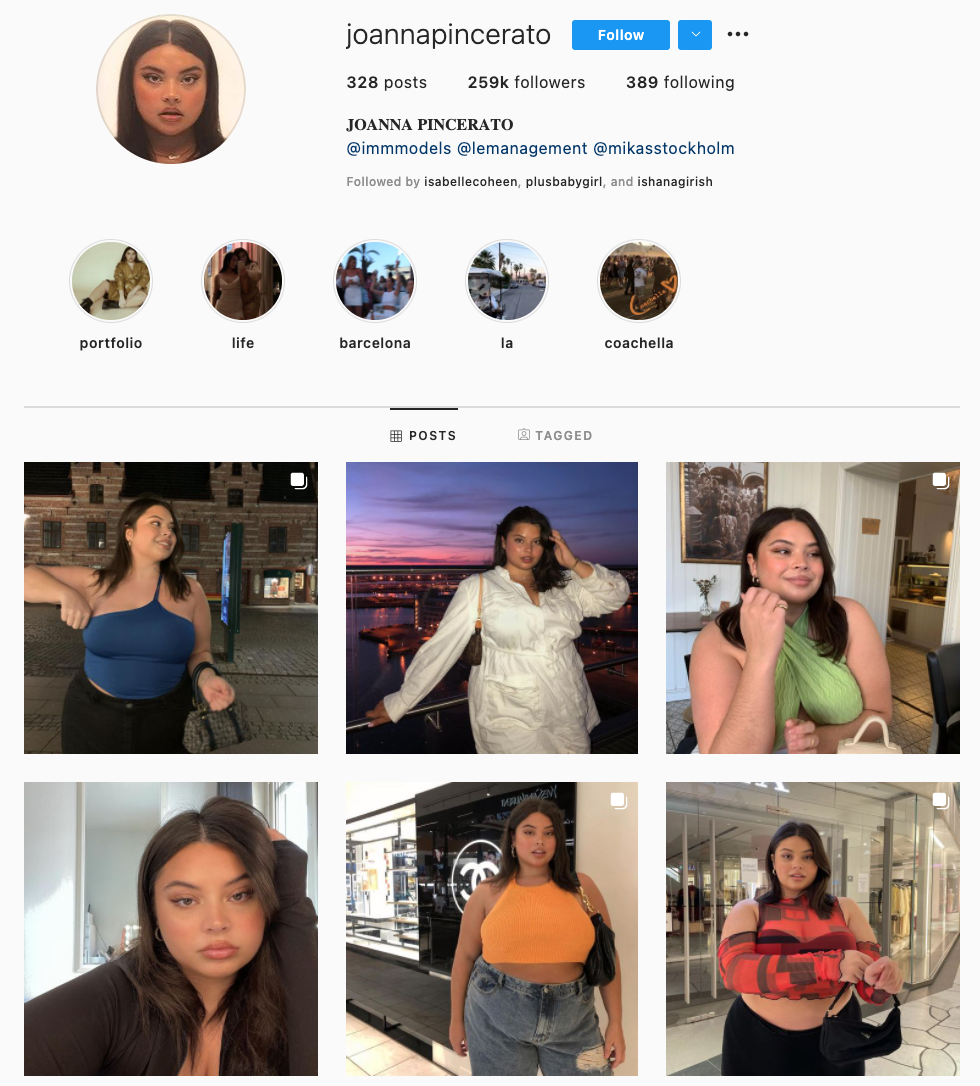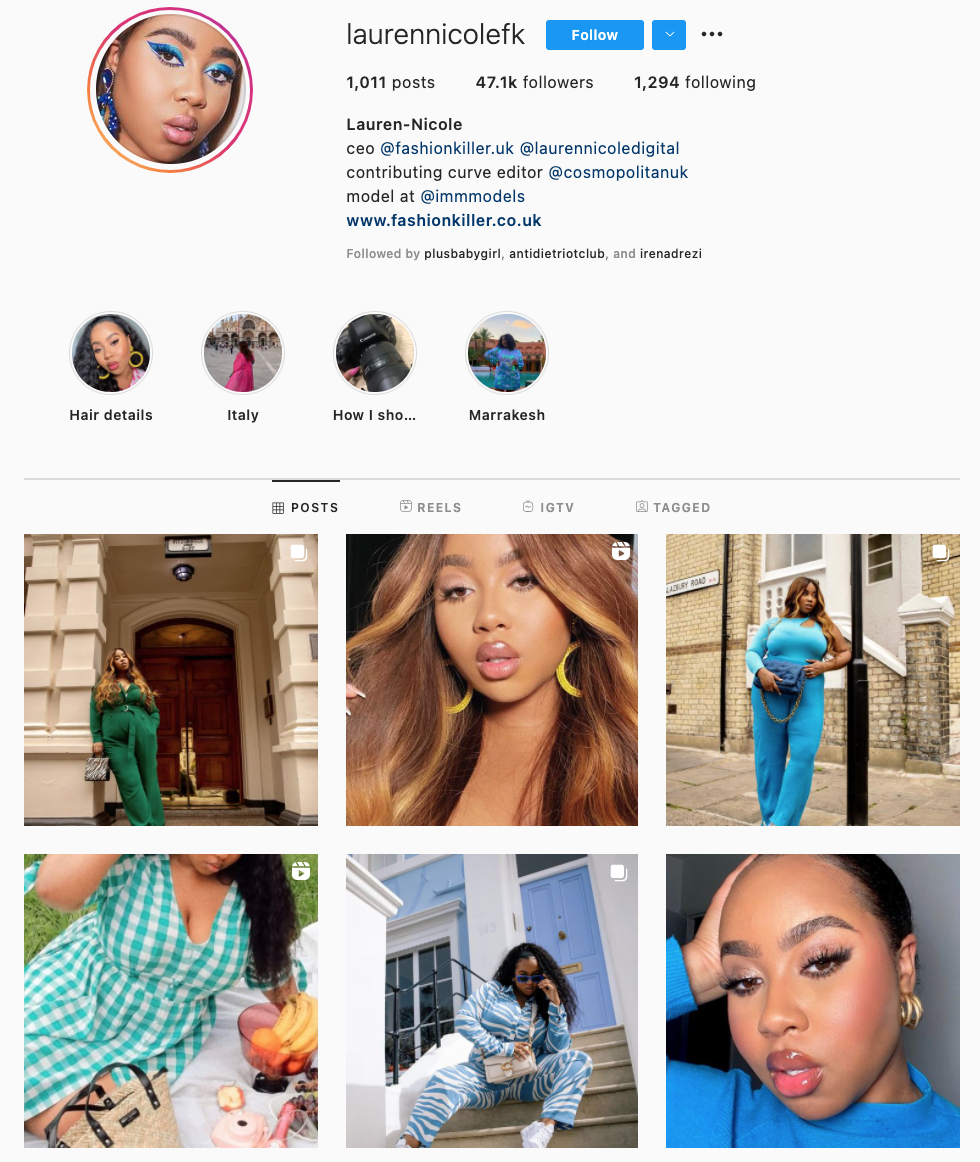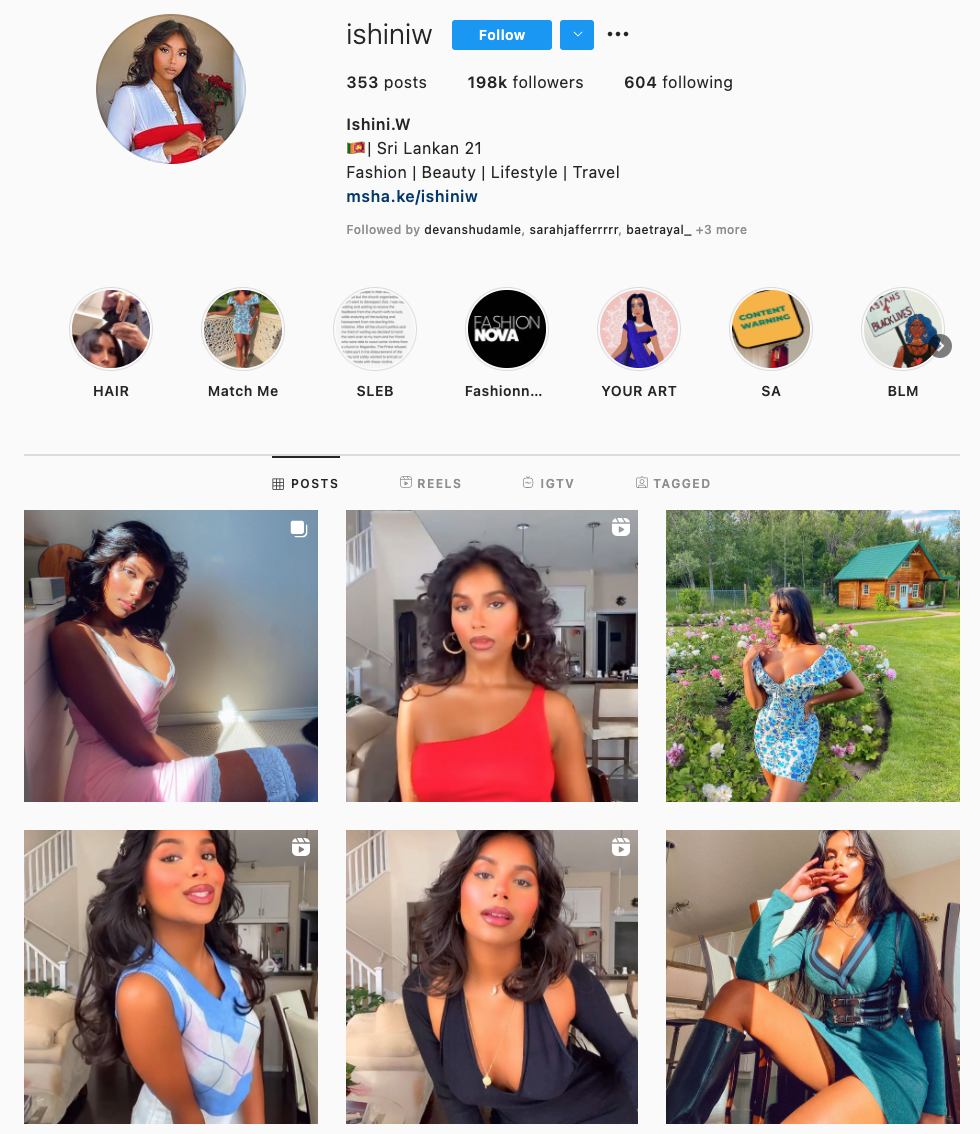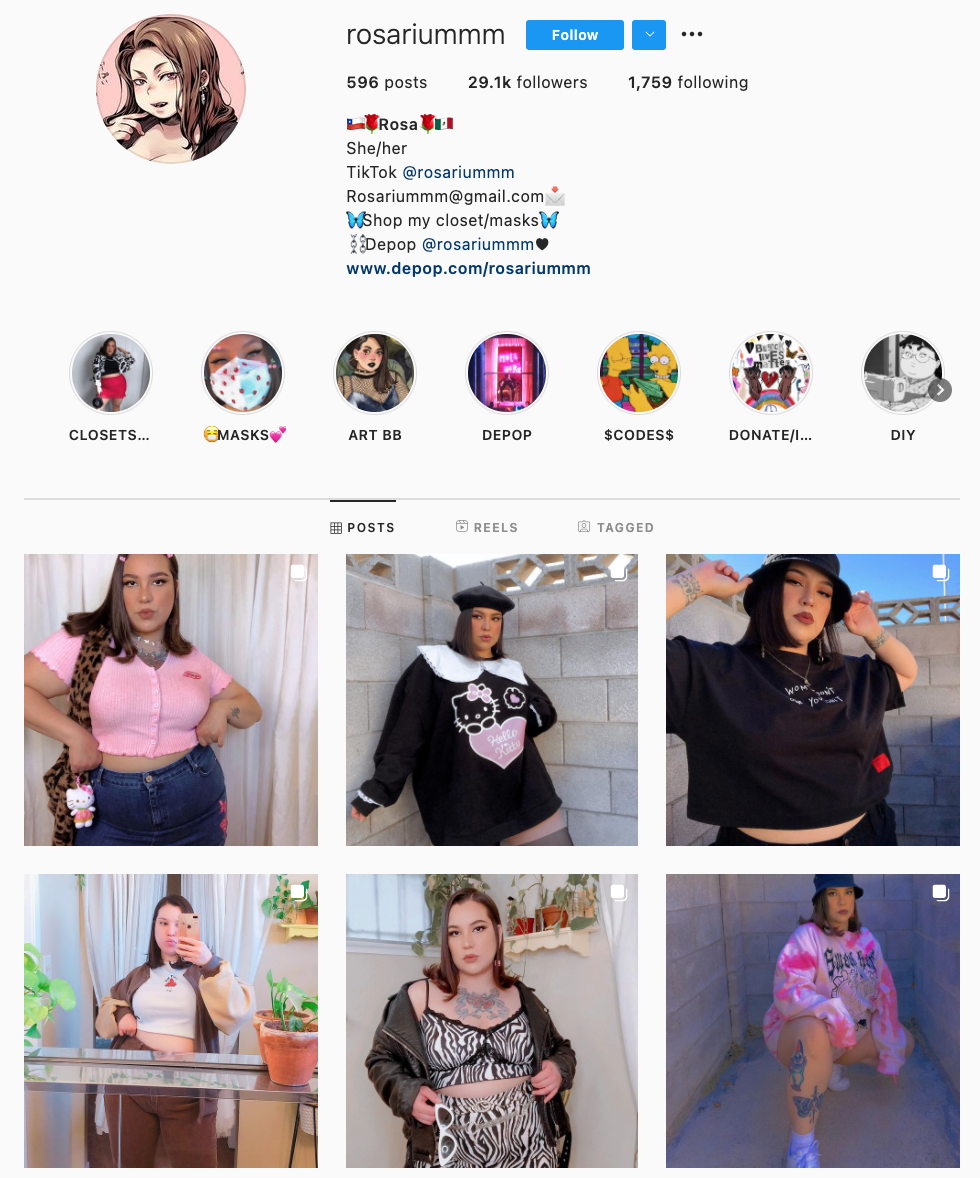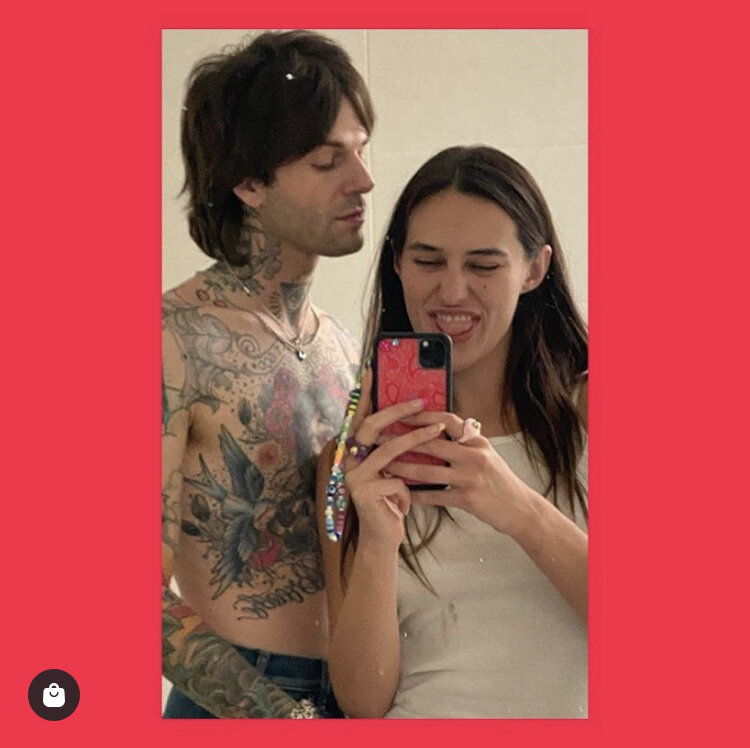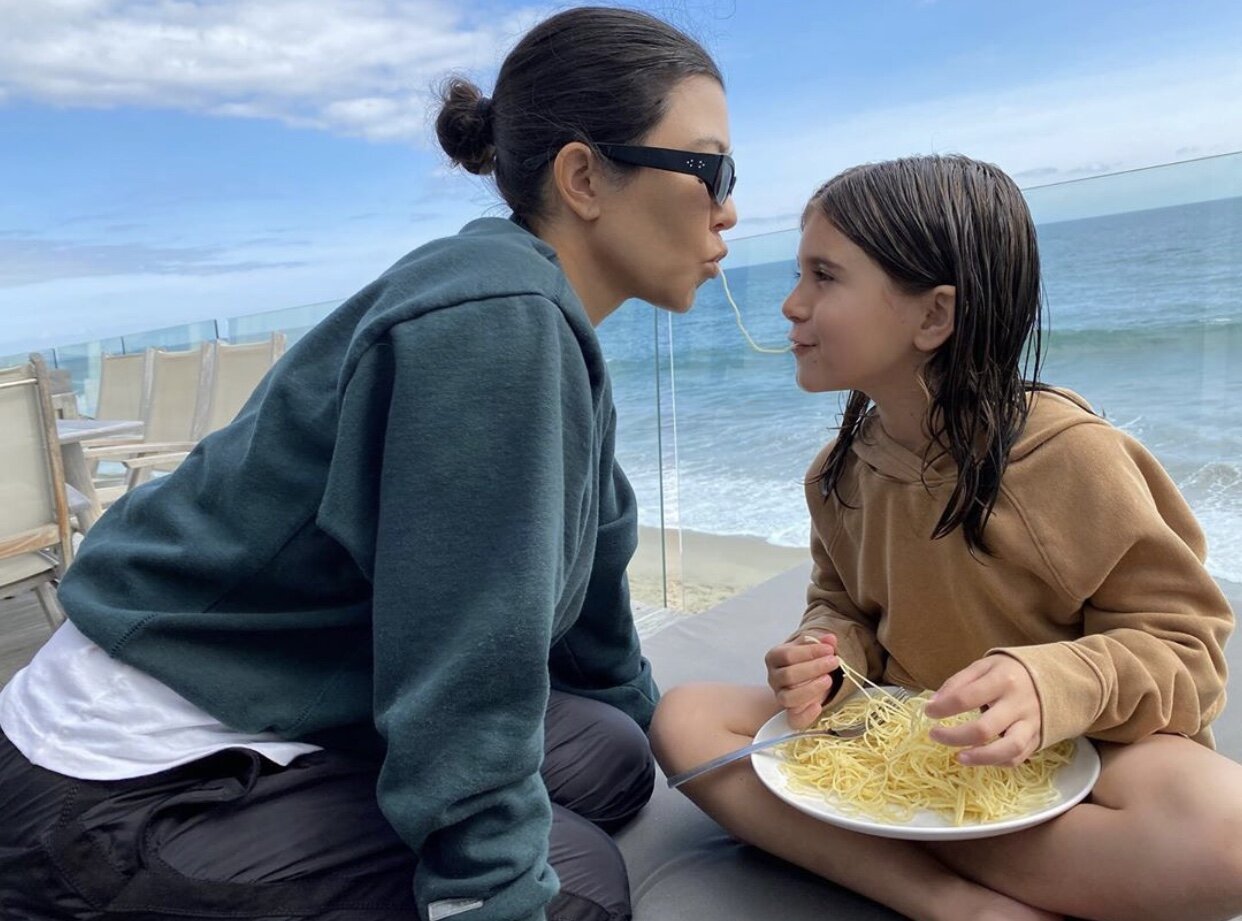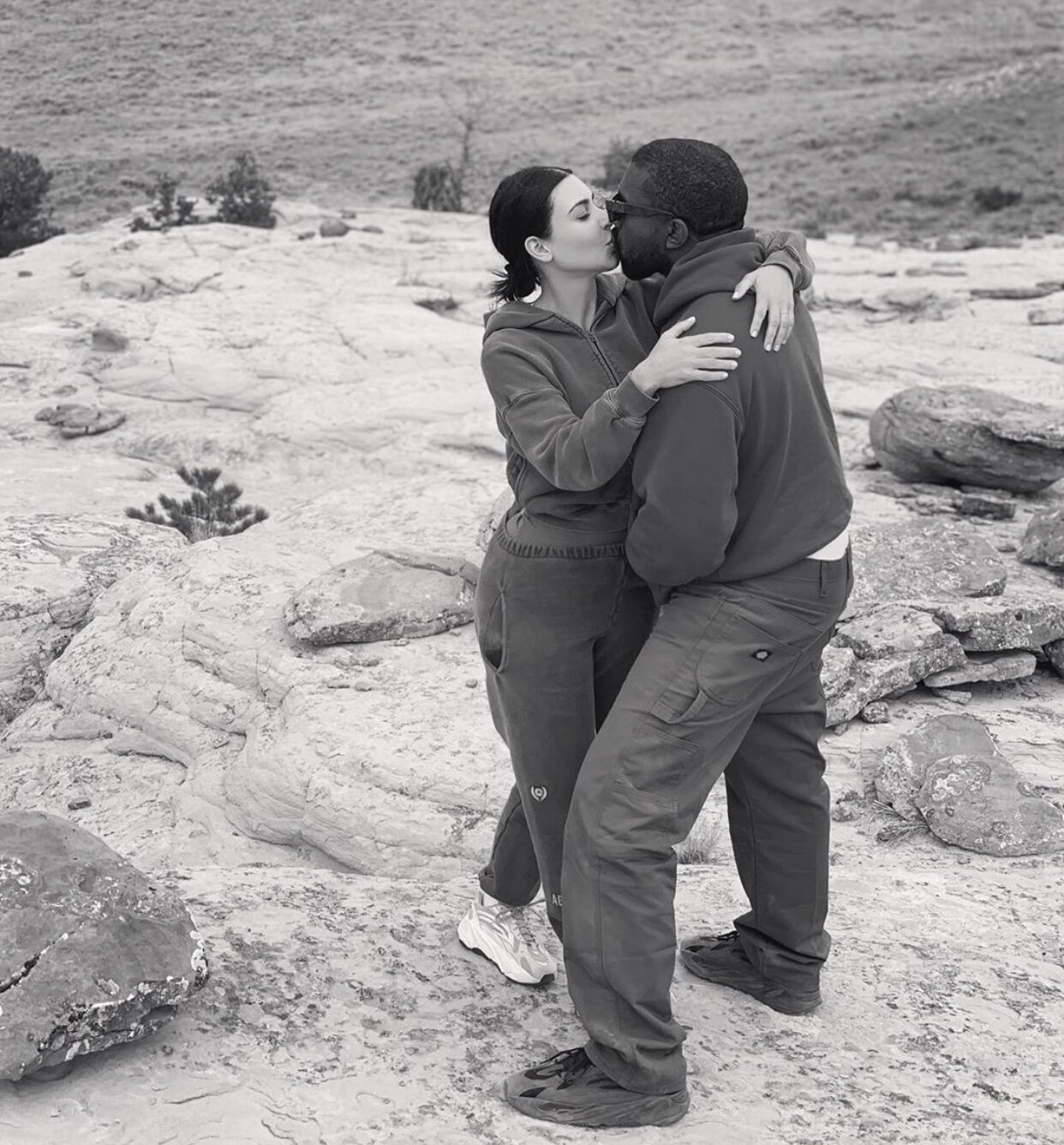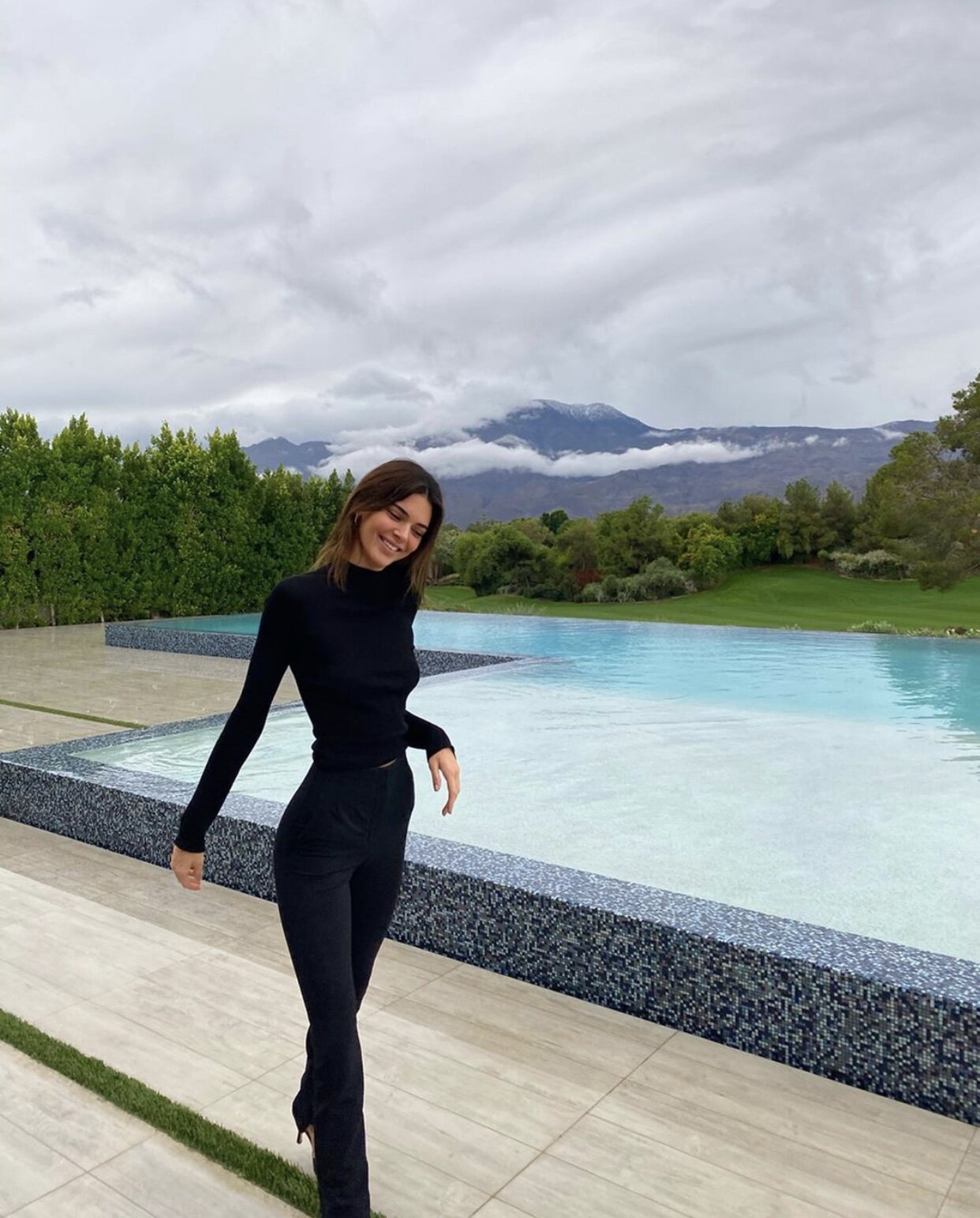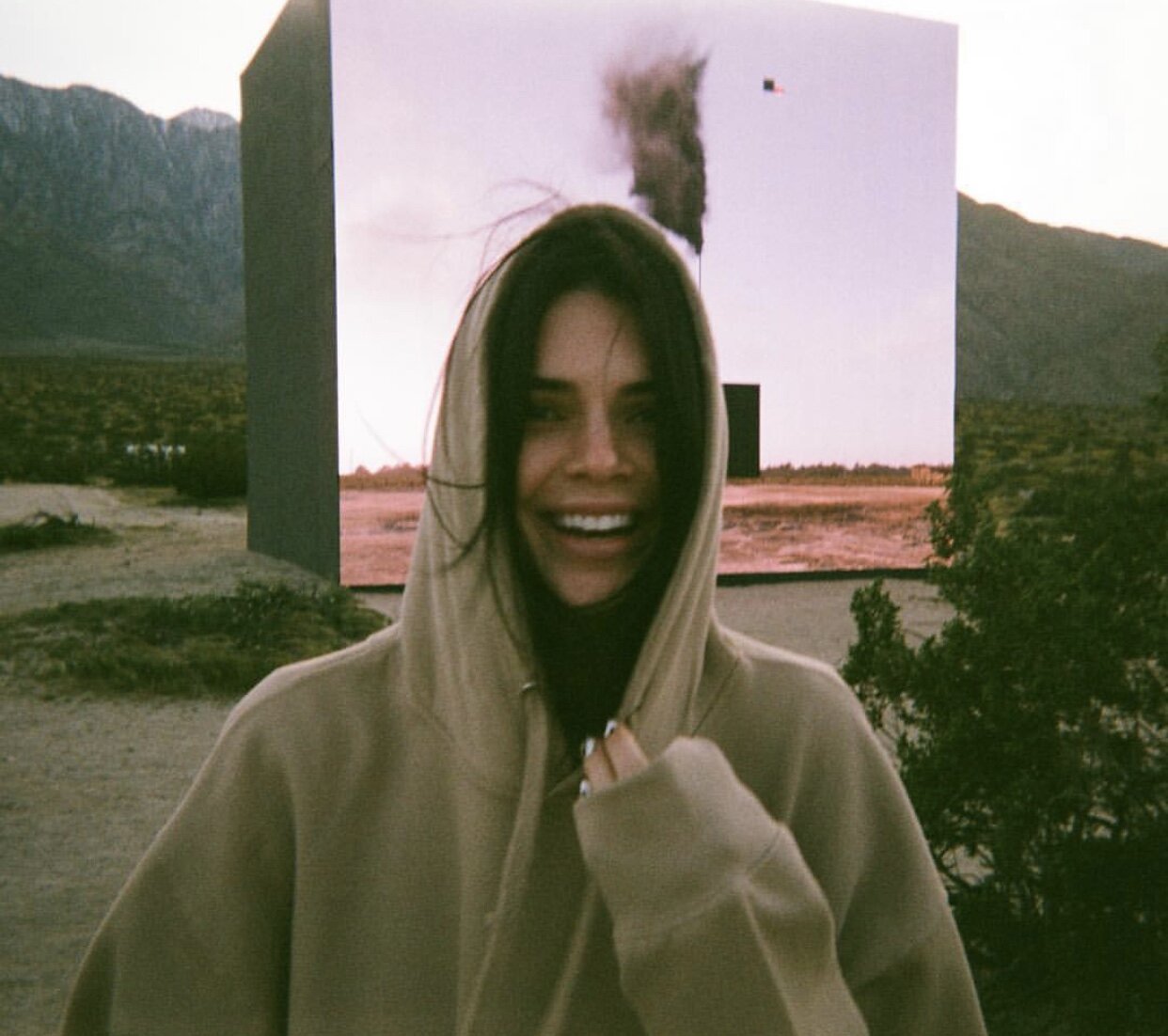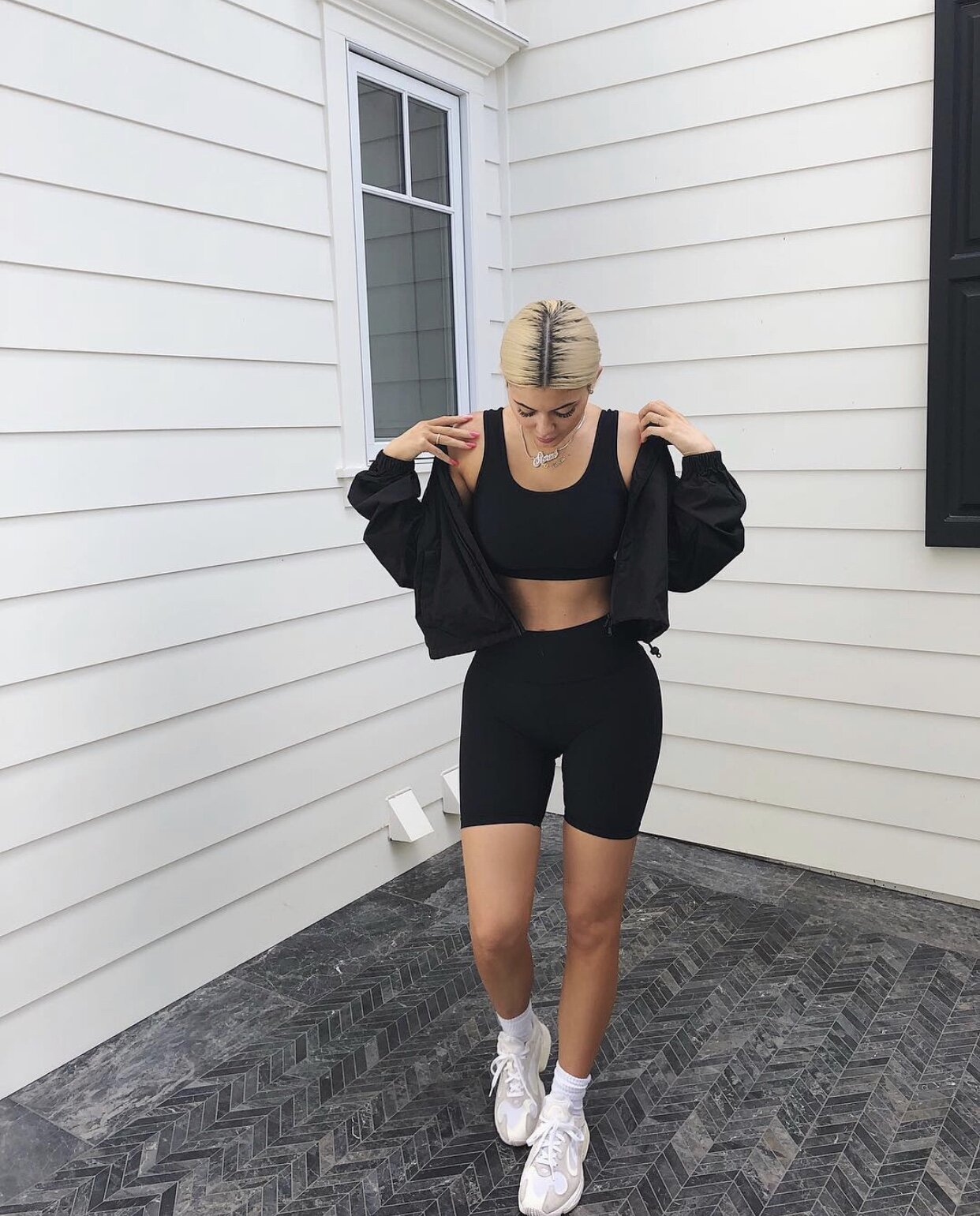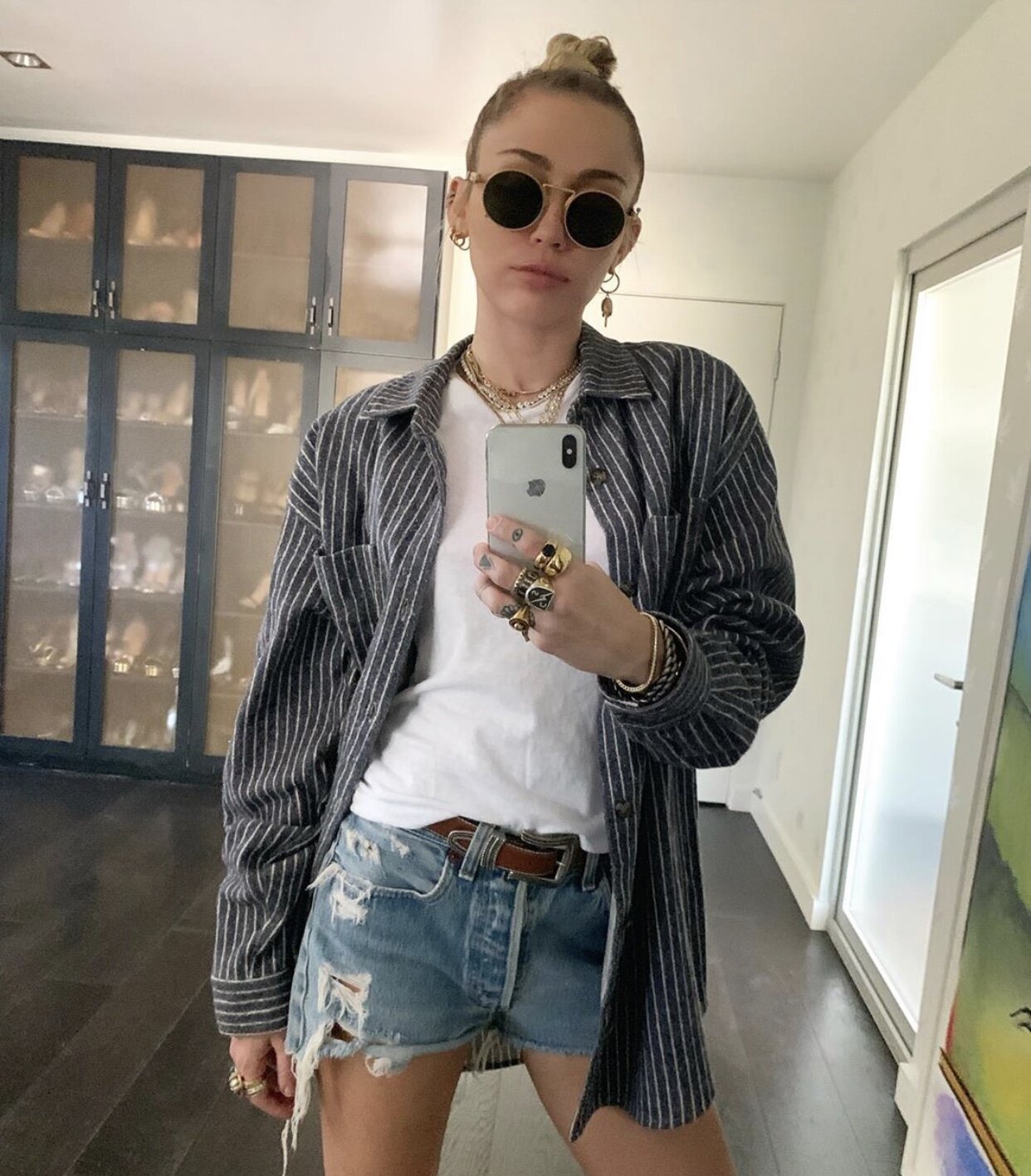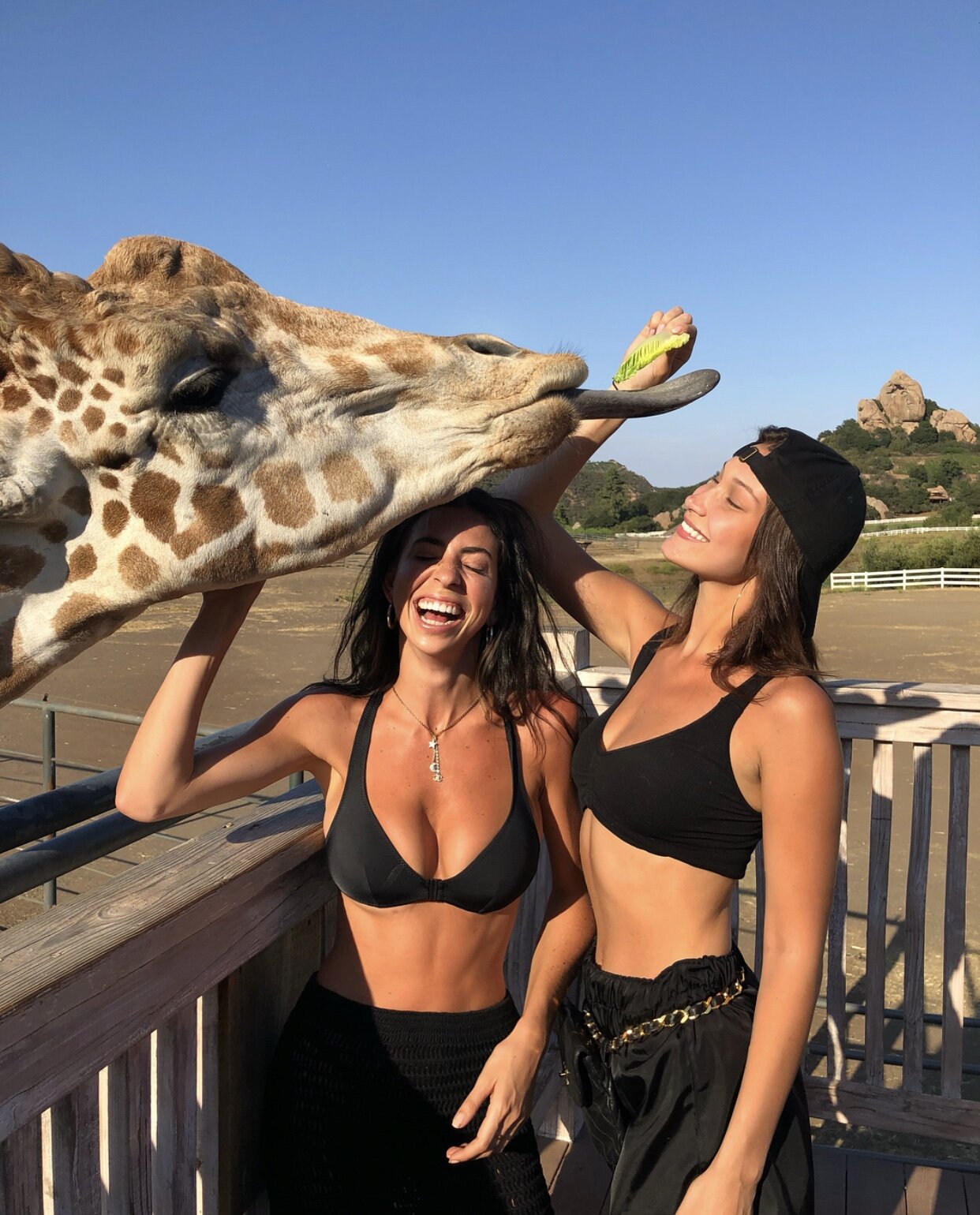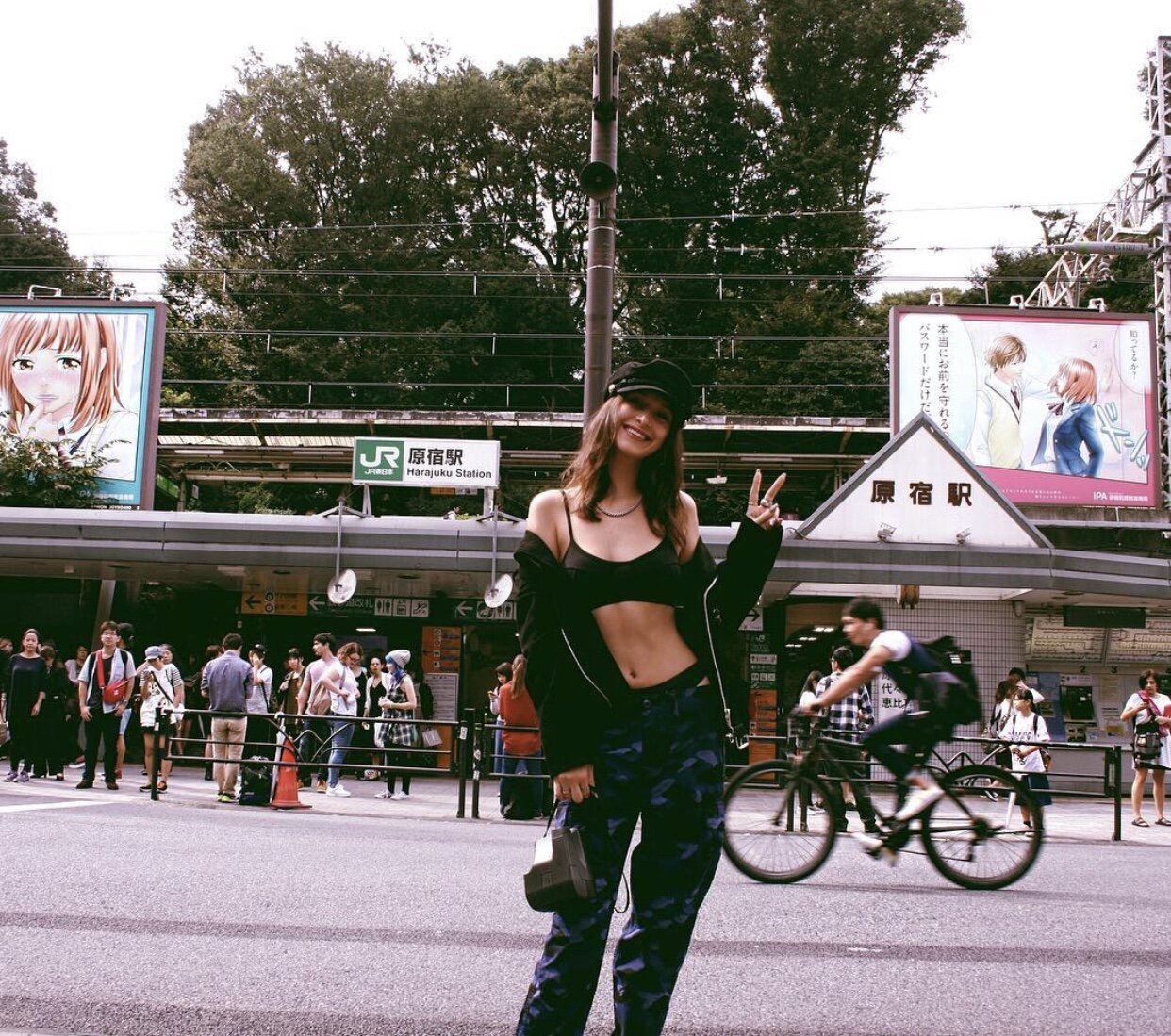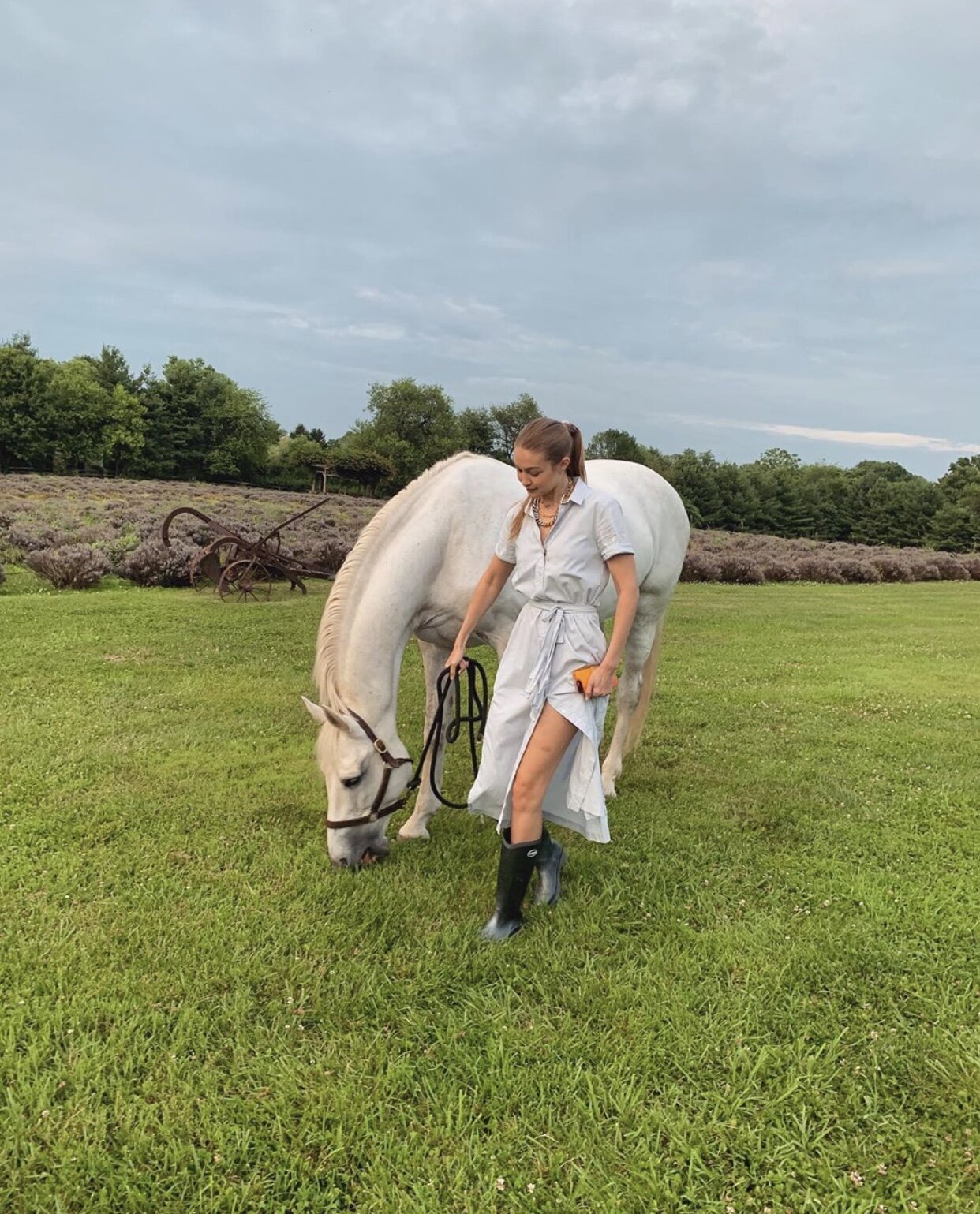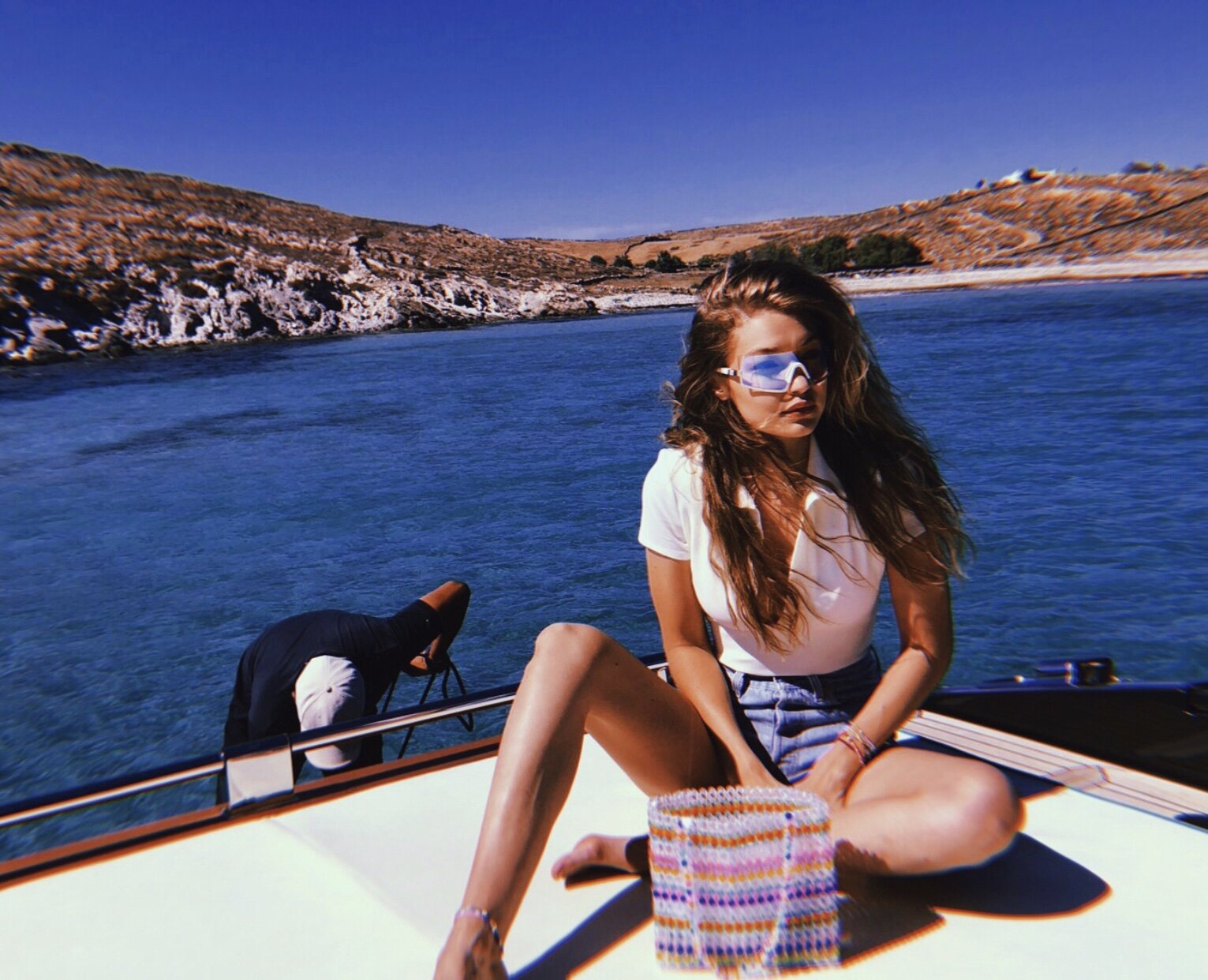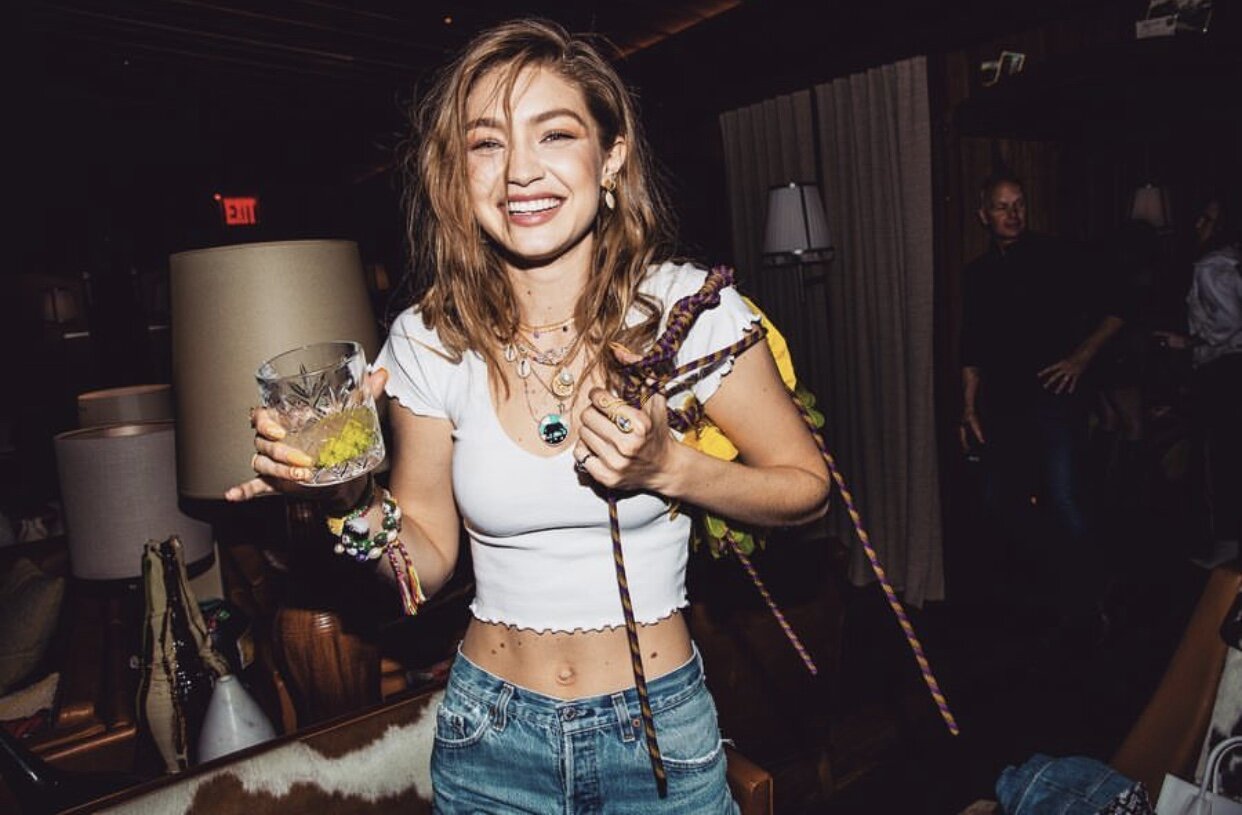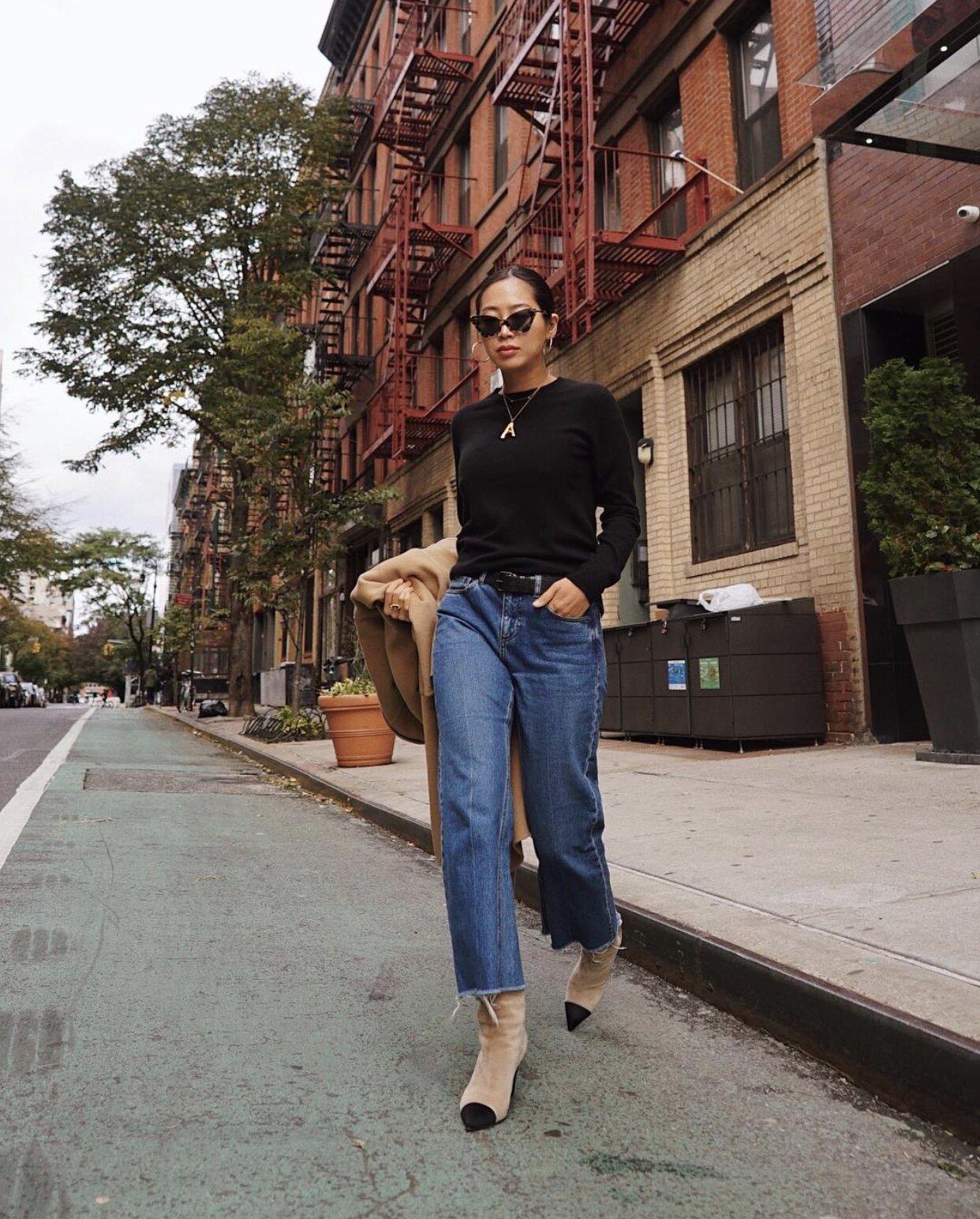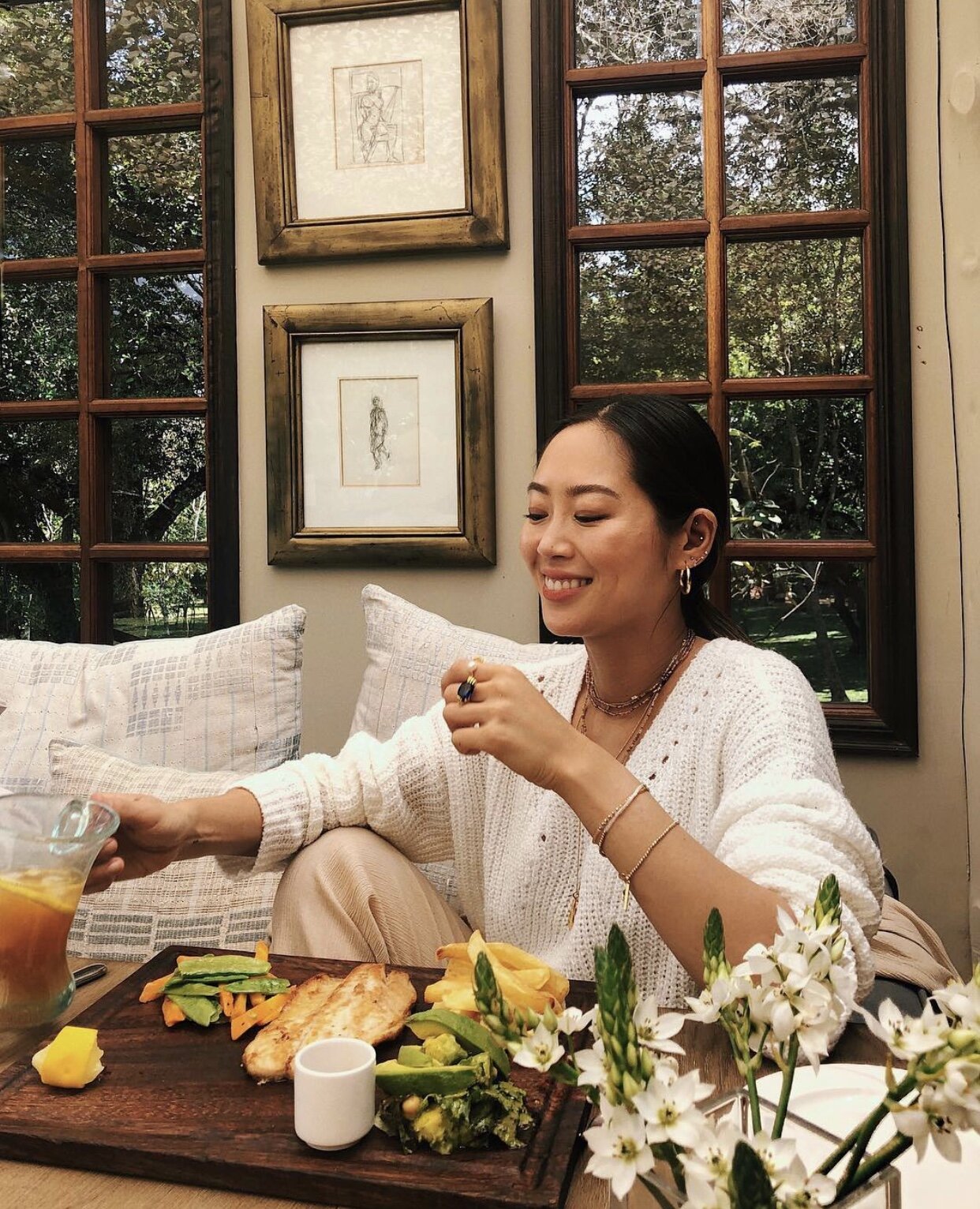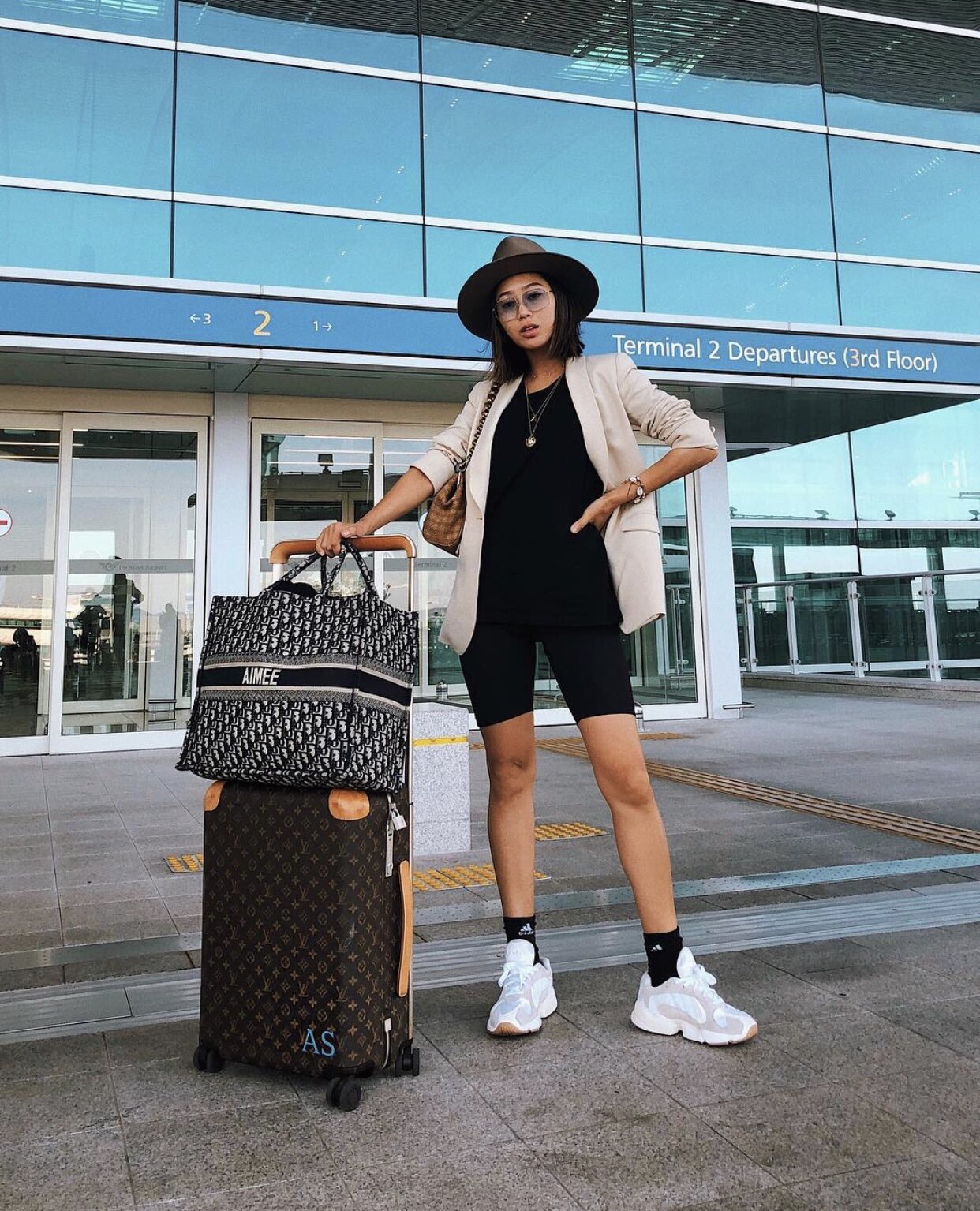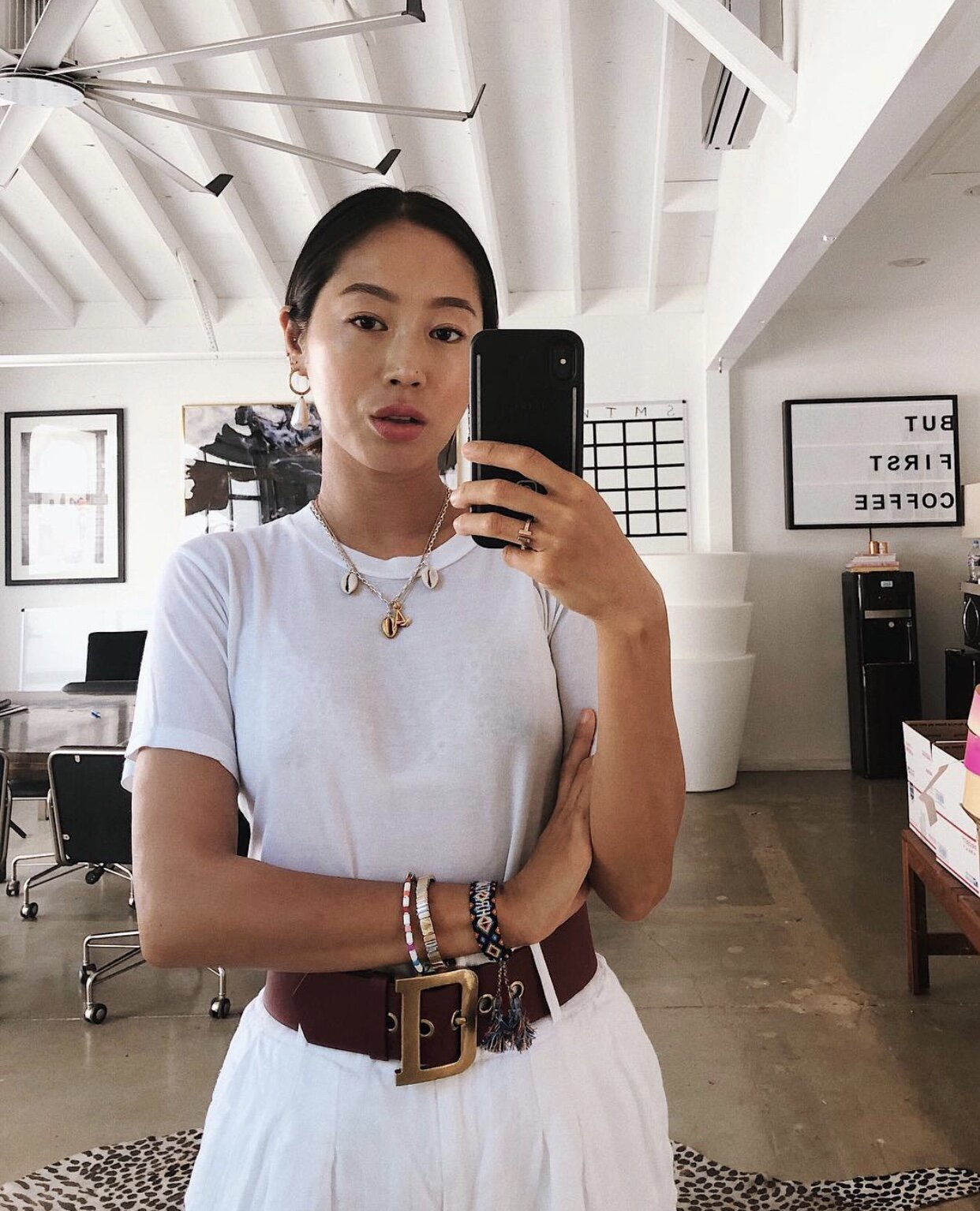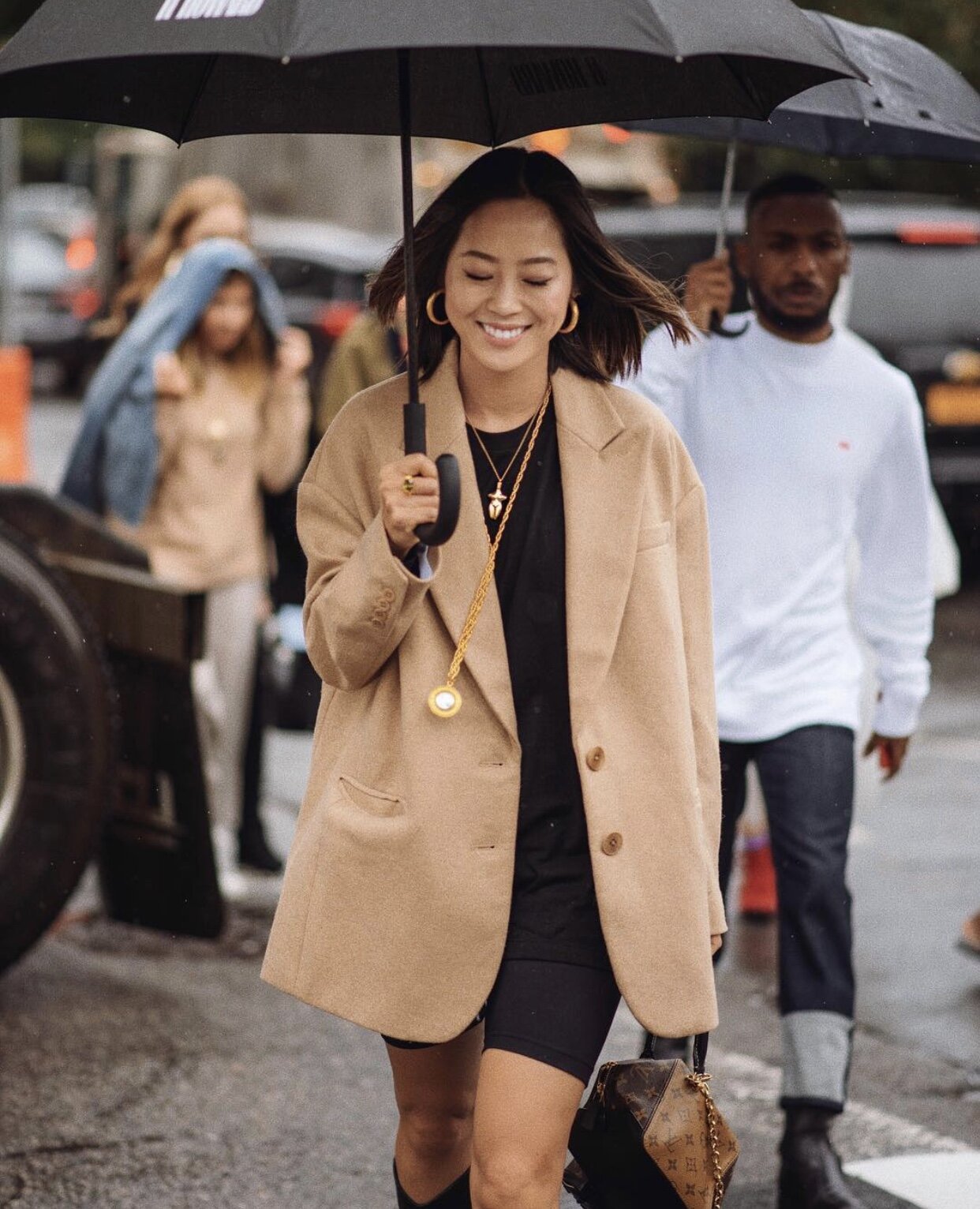Kate Glavan and Emma Roepke, a.k.a. the Sea Moss Girlies have taken over my Instagram feed with their niche, adaptogen-based, and definitely excessive ‘wellness’ memes. Known for their Sea Moss Girlies podcast and Instagram meme page @seamossgirlies which pokes seemingly self-aware fun at the founders' health rituals, they explore the world of supplements, running lifestyle, affordable health, chickpea cookie dough, cure-all beverages, bone broth, alternative milk, dandelion tea, and the like in their media platform based in NYC. These girls have tried and now live by the most out-there ‘wellness’ products on the market. But is this ‘wellness’? Why must the healthy-girl character be defined by hyper-activity and the never-ending collection of expensive supplements? As I try to reflect on the media I expose myself to as a Gen-Z woman, I felt I should dive into the implications of this promotion of health and whether it benefits me or anyone for that matter.
This promotes collecting multiple plastic packages and containers of expensive wellness goods. Seems excessive. Image via.
The first things you hear on the podcast are ads from various ‘wellness’ companies that sponsor the Girlies. You can imagine the kinds of companies featured—blue light glasses, athletic greens powder, and LOTS of supplement companies. Way to start off with a consumerist bang! Which leads me to my first critique: the wastefulness of wellness. Supplements can be beneficial, but the constant accumulation of products is not. The promotion of products by these influencers only perpetuates the consumer culture we see in makeup and fashion. Consolidate your wellness rituals. Conserve our natural resources. Please!
Am I the only one who has no idea what adaptogens are? Image via.
Next, they promote themselves as voyagers through the BS of wellness yet their discussion is still tone-deaf. Yes, they do root much of their supplement and lifestyle suggestions in scientific research, but most of their brand is based on their personal testimonials…from their American…upper-to-middle class…perspective. They've criticized brands for marketing campaigns pointedly targeting rich white women, but use their membership in that demographic to sell their own product—their own exclusive aesthetic quality. The Girlies implore that it is “important to invest in your health.” I agree. But it's hard for the average person to follow along when they talk about pulling up to Erewhon and dropping twenty bucks on a collagen smoothie when they go to L.A. Health to them, whether they recognize it or not, is niche and expensive and in no way removed from the elitist ‘wellness’ culture they joke about.
***Trigger Warning: the following paragraph discusses body image and disordered eating. Skip if needed!***
Now let’s shift to what I see as possible immediate harm in their message. In their latest episode titled “Othorexia and Life After ED Recovery,” the Girlies address the important role that eating disorders play in the modern obsession with health. To clarify, Orthorexia is an unhealthy focus on eating in a healthy way. With applaudable vulnerability, they shared their journeys and methods in eating disorder recovery. However, it came off in an abrasive way. Peppered throughout the episode were phrases like “I was a restrictive freak” and “just grow a tough skin against triggers.” Open discussion of recovery is constructive, but is lost in the Girlies’ meme-ification of “living off of chickpea cookie dough” and “eating a single brazil nut as a snack.” They make fun of an excess of ‘wellness’, but simultaneously practice and promote its restrictive, orthorexic nature; their frank, do-gooder podcast talk is hypocritical. You can't speak against the culture you also make money from. I’m happy to hear their claims of having found a balanced relationship to all of this, but can’t help but think that they aren’t doing much to help the journeys of their followers. The culture of Western ‘wellness’ inextricably communicates a certain degree of restricted or disordered consumption to its primary audience: young women.
A meme featured on their instagram. Pokes fun at macro-tracking gym bros, but does it also influence obsessive eating behaviors? Image via.
I wanted to also touch on the normally overlooked fact that this natural and holistic approach to health is rooted in the traditional practices of Ayurveda, an ancient Indian medical system. This system emphasizes the manipulation of diet and lifestyle to regain a balance between the body, mind, spirit, and the environment. The Western ‘wellness’ culture oftentimes only cherry picks from this cultural practice that implores the necessity of its practice in totality to be effective. Here we have a classic case of appropriation versus appreciation. While Ayurvedic medicine has been proven to be effective if used as intended and developed over millennia, its practices are often misused or their cultural importance unrevered. I’m not saying that these practices should be gatekept; in fact, Ayurveda is in its core intended to be found in the natural world that surrounds ALL of us. I just think these treatments should be used thoughtfully in combination with the totality of the system and in dialogue with those actually knowledgeable in Ayurvedic medicine.
Ok, their attempts in making this glitzy Gwenyth Goop world feel accessible with their memes and coy discussion is honorable. But let's be real—this lifestyle can’t reach anyone outside of a high-income bubble. If you are in the 99% percent that can’t afford these rituals or are even just someone who doesn’t know the f**k ashwagandha is, I don’t think it will be on your grocery list or even at your grocery store. I’m not saying they should stop what they’re doing and hide away in shame. We all consume. Rather, wellness influencers should find ways in which a healthy lifestyle can exist for all types of people. It seems like the class distribution of ‘wellness’ is awfully top-heavy, something that those with the platform aren’t doing much to help change. And, a little mention of how to give back and help alleviate this inequality wouldn’t hurt.
Doing away with your daily multivitamins or veggie snacks is not what I ask. Let’s all just be mindful of our conception of ‘wellness’ and whether or not it actually is beneficial, on both a personal and societal level. I have definitely fallen prey to eight dollar adaptogen coffee and probiotics that do nothing for me. Social media is hard. Wellness is hard! But, try to take influencers like the Sea Moss Girlies with multiple grains of hand-extracted himalayan pink salt. Preserve your peace, preserve your health (what health means to YOU, not TikTok).
Cover Image via
Credit to:
The Sea Moss Girlies on Spotify
Instagram @seamossgirlies
“Ayurveda” on Wikipedia




